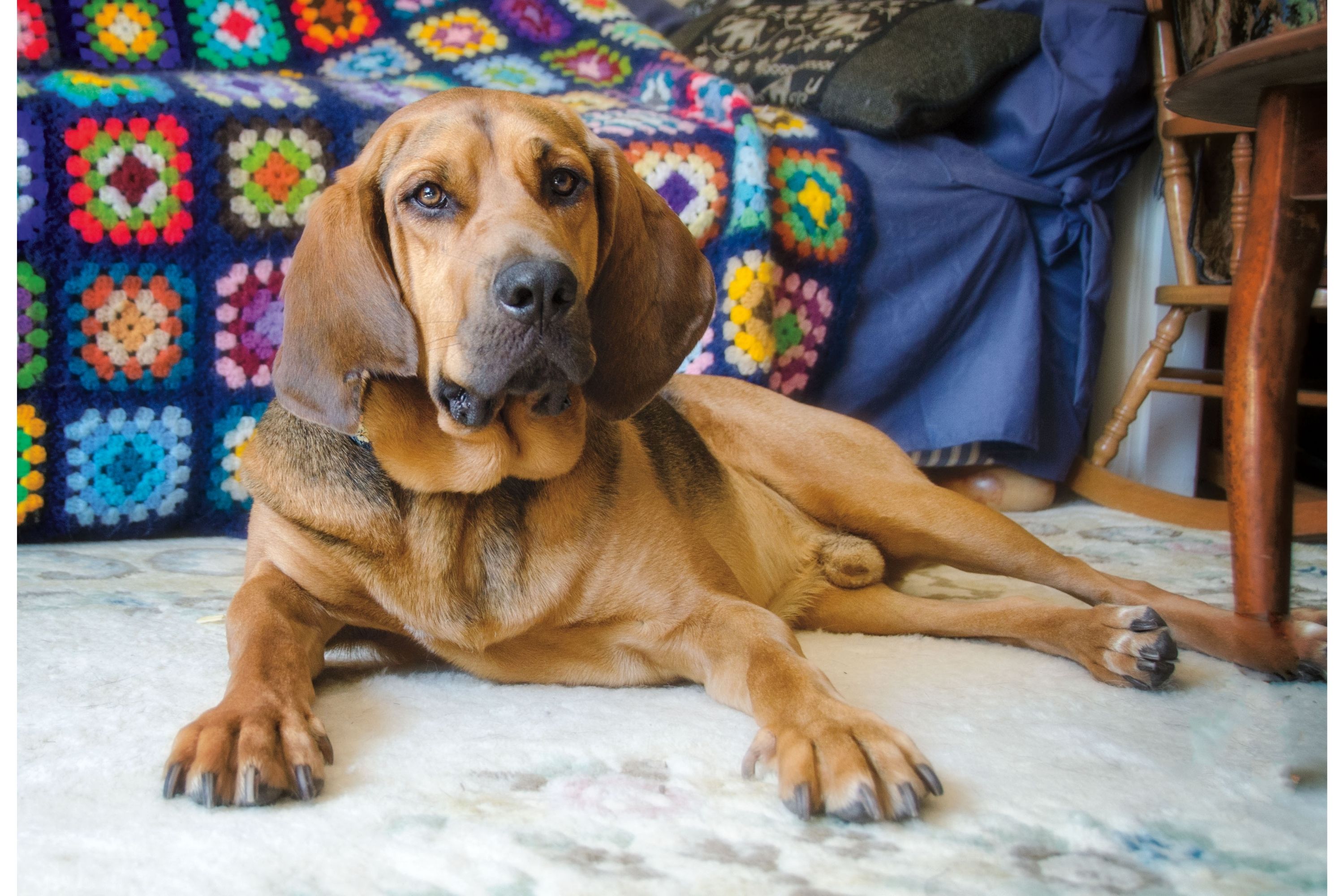Bloodhound
(Bloodhound)

Description
The Bloodhound is a large breed of dog that is known for its impressive sense of smell and tracking abilities. They have been used for centuries in law enforcement and search and rescue operations, and are also popular as pets. In this article, we will explore the history, appearance, temperament, and care of the Bloodhound. History: The Bloodhound has a long and fascinating history that can be traced back to ancient times. The breed is thought to have originated in Belgium, where it was used for hunting deer and wild boar. The name "Bloodhound" is believed to come from the dog's ability to track wounded prey by following their blood trail. Bloodhounds were first brought to England in the 11th century, where they quickly became popular with the aristocracy. They were used for hunting deer, foxes, and other game, and their tracking abilities were highly valued. In the 19th century, Bloodhounds began to be used in law enforcement, and they quickly gained a reputation as one of the best tracking dogs in the world. Appearance: The Bloodhound is a large breed of dog, with males typically standing between 25 and 27 inches tall at the shoulder and weighing between 90 and 110 pounds. Females are slightly smaller, standing between 23 and 25 inches tall and weighing between 80 and 100 pounds. Bloodhounds have a distinctive appearance, with long, droopy ears and wrinkled skin. The breed's coat is short and dense, and can come in a variety of colors including black and tan, liver and tan, and red. The coat requires minimal grooming, with weekly brushing to remove loose hair and dirt. Temperament: Bloodhounds are known for their friendly, affectionate nature, and they make excellent family pets. They are loyal and protective, and are great with children. However, they do require a lot of exercise and mental stimulation, and can become destructive if they are not given enough attention. Bloodhounds are also highly intelligent, and require consistent training and socialization from a young age. They are stubborn and independent, and can be difficult to train if they are not properly motivated. Care: Bloodhounds require a lot of exercise and mental stimulation to stay healthy and happy. They should be walked or run for at least an hour a day, and should have access to a large, secure yard where they can run and play. The breed is prone to certain health issues, including hip dysplasia, ear infections, and bloat. They also require regular grooming to keep their coat and skin healthy. Conclusion: The Bloodhound is a fascinating breed of dog with a long and rich history. They are known for their impressive tracking abilities, friendly nature, and distinctive appearance. If you are considering adding a Bloodhound to your family, it is important to be prepared for the breed's exercise and grooming needs, as well as their independent nature. With proper care and training, a Bloodhound can make a wonderful and loyal companion.
Taxonomic tree:







